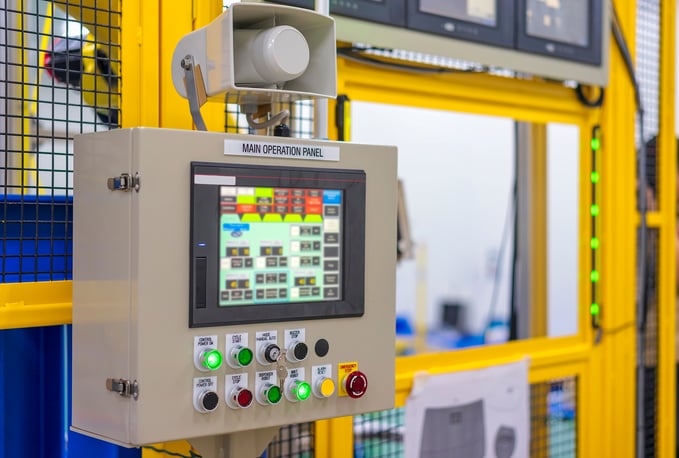What is an HMI Screen?
An HMI, or Human-Machine-Interface, is a dashboard that allows humans to connect with automated systems. They provide information through text and visuals for the people working with the machines. When set up correctly, HMI screens can simplify certain processes when working with machines and improve data collection and overall efficiency. HMIs are extremely common in industrial environments. They are used throughout the industry for a variety of purposes.
There are certain things that should be considered when setting up an HMI to maximize use. Here are some tips to help you maximize your HMI’s potential.
Key tips for Optimizing HMI Screens

The design of the screen is one of the top factors that goes into the efficiency of your HMI. Think of all of the websites you have visited over the years.Some are easy to navigate, while others tend to be confusing and cluttered. A similar concept is applicable to HMI’s.
Keep in mind the people who will be using the HMI most frequently. Ensure that important information is highlighted in a clean way that will help the overall ease of use. It’s all in the design when it comes to optimizing your HMI screen. UI/UX (user interface and user experience) should be heavily considered throughout the setting up process.
The cognitive load should be low for the user. There is no reason for the user to have to use their brain power on navigating the system itself. Instead, they should use their brain power on applying the collected data to their daily decision making. When setting up the HMI, this should be considered to optimize its use.
Smart ways to optimize design for users includes use of color, size, and position. Properly using these to highlight key data and information can help users narrow in on the most important information. Another way to lessen the cognitive load is by focusing on a decluttered layout. This can be accomplished by focusing on graphics. Pictures are worth a thousand words. Use this to your advantage when setting up your HMI screen.
Another tip is including embedded trends into your system. Data use is optimized when users know where it came from, how it got there, or if there is something wrong and adjustments need to be made. Showing changes over time through trends can easily point out if data is on track or if there is a major change that needs attention. Having this information ready at a glance on your HMI screen can increase efficiency in your operation. Keep your information concise but be sure to include important information like trends and KPIs.
Overall, the main goal of an HMI screen is to help connect humans and automated machines. Using these tips will help ease the connection between the two and maximize the efficiency of your operation.
